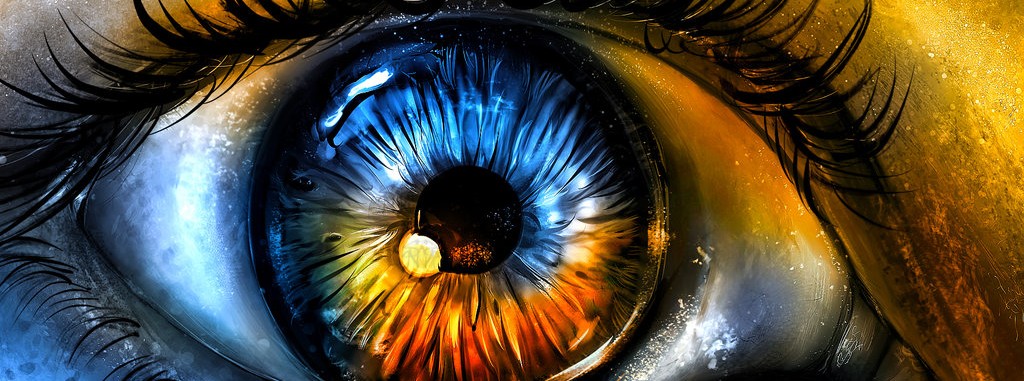As we read Walden and followed Thoreau’s journey through living in the wilderness, we heard how he used his natural senses–sight, sound, smell, touch, taste–to understand the natural world around him. He saw animals, felt the air, tasted berries, listened to the sounds of the forest, and smelled the foliage. There were some things, however, that he couldn’t learn using his most basic senses. He couldn’t sense how deep Walden Pond was or how its shape changed. He obviously didn’t sense that the Feild family wasn’t interested in his advice before he gave it. His sensory perception was limited to the elements of nature that his senses were designed to understand, as it is with all people.
But what about those things that nature didn’t create? What about the things that are undeniably part of the human environment–the internet, the economy, the machinery that we use daily–that doesn’t respond to the senses that nature gave us? Can our biology catch up to technology?
I watched a couple of Ted talks that suggest that not only can our senses be modified to adapt to the technological environment, but that this process is already in the makings. Take this talk by David Eagleman, for example:
His experiment started as an attempt to allow deaf people to feel the words that the people around them are speaking via a vest that created vibrations on the subject’s back. These vibrations, with some practice, would be subconsciously understood as words by the subject’s brain. Eagleman and his team took this technology to the next step and tried to see what other senses they could add to the human repertoire. They took a subject and used the vest to stream information from the internet, information that the subject couldn’t make sense of, and train the subject’s brain to gain a sense of it through a series of tests. The subject would receive the vibrations, then make a seemingly arbitrary choice, and then recieve positive or negative feedback. Little does the subject know, the information being fed to his brain is from the stock-market, and the decisions he is making are whether to buy or sell. In this case, Eagleman’s team is trying to develop an entirely new sense–a sense of the economic environment.
Another Ted talk, by Michael Rubinstein, involved a sort of enhancement of senses that humans already possess.
Rubinstein’s team used cameras to record and magnify the things that the human eye normally can’t pick up on. This included changes in a person’s face color that corresponded with their pulse, the rise and fall of a baby’s chest as it slept, the movement of a person’s throat as they sang, and the vibrations that sound waves caused in a chip bag. They were even able to take the images of the chip bag and reverse the process, analysing the movements to remake the sound that had caused them. Rubinstein points out that this magnification process can be used to find problems in modern machinery and analyze how buildings and architecture sways in the wind.
These two talks open a whole new world in sensory perception. If the natural world and the technological world are as separate from each other as some–including Thoreau–might think, perhaps the importance of having technological “senses” is something that deserves more attention.

